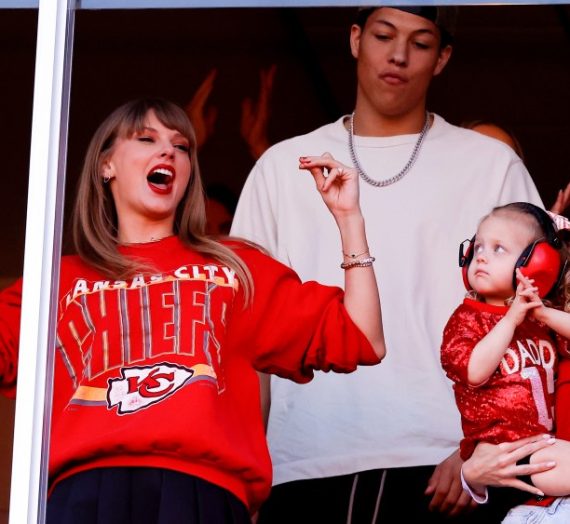When creating YouTube apologies, you can draw on an understanding of linguistic principles to help your followers forgive you.
The internet has transformed personal visibility into public spectacle, sparking heated debates about the genuineness of certain kinds of content. YouTube apologies have emerged as a focal point in this discourse, with viewers sharply divided over what constitutes a sincere apology versus a PR stunt. This debate not only shapes our trust in digital interactions but also underscores how nuanced speech acts can blur the lines between genuine remorse and superficial damage control.
Many YouTubers have posted inappropriate or harmful videos, rectifying their actions with only a short apology clip. YouTube apologies have sometimes been released suspiciously quickly, prompting viewers to wonder whether the videos had been prepared in advance. Were the apologies only made for the views? Often, an apology video will garner many views because of their controversial topics and their viral nature. It makes one wonder if it is really all for the money. However, sometimes apologies are deemed completely sincere by the public. So, what marks the difference between a sincere apology and an insincere apology?
THE RESEARCH
In their study titled “Seeking Sincerity, Finding Forgiveness: YouTube Apologies as Image Repair,” Jean Kelso Sandlin and Monica L. Gracyalny examined 335 video segments, 1,971 comments, and 32 public apologies to see how individual social media users perceived the apologies of public figures. They completed two different studies to analyze these apologies. The first study looked at apologies from highly public figures on YouTube from 2009 to 2014. They coded apology videos for both verbal and nonverbal behaviors. The most prevalent verbal behaviors in these 32 apologies were denial (15.6%), evasion (37.5%), statements given to reduce offensiveness (65.5%), corrective action (65.5%), and attempted mortification (93.8%)
In the second study, they examined not only the apology videos but also the comments posted on them that specifically referenced the figure (the individual doing the apologizing) or the apology. From this analysis, the topics in the comments were placed into seven different categories, some of which were how the figure’s character was perceived, how the figure’s sincerity was perceived, and how willing the audience was to forgive.
The results of this study indicated a positive relationship between the audience’s perceived sincerity and willingness to forgive. In addition, the apology was commented on more frequently as insincere if it included wording falling into the categories of denial, evasion, and reducing offensiveness. Finally, if the audience commented positively on the character or reputation of the figure, the perception of the apology’s sincerity improved significantly.
THE IMPLICATIONS
The results suggest that taking responsibility for your actions is an important part of making a public apology, especially on social media like YouTube. When an apology is appropriate, keep these best practices in mind:
- Build a strong character and positive reputation before the need to apologize arises.
- Avoid denying your mistakes or blaming others.
- Do not plead ignorant, state that you were provoked, or state that it was an accident.
- Avoid defending yourself, minimizing the hurt you caused, or stating how what you did is different from what others have done.
Based on the results, all of these strategies could lead audiences to view your apology as more sincere, ultimately leading them to be more willing to forgive you.
YouTube apologies can attract a lot of attention quickly, which can be either beneficial or detrimental to you and your personal brand. As it is impossible to avoid all negative feedback, we can view apology videos as an opportunity to improve our digital interactions. By positioning yourself as a positive influence rather than a negative one, you can help maintain your reputation if the need to apologize arises. But, more importantly, through genuine and sincere discourse, you can help make the internet a more considerate and forgiving place.
To learn more about how you can make sincere apologies online, read the full article:
Choi, Grace Y., and Anne Marie Mitchell. “So sorry, now please watch: Identifying image repair strategies, sincerity and forgiveness in YouTubers’ apology videos.” Public Relations Review 48, no. 4 (2022): 102226. https://doi.org/10.1016/j.pubrev.2022.102226
— Luke Morgan, Kayllen Barnette, Ivy Fuhriman, Rachel LeFevre, Netiquette
FEATURE IMAGE BY POLINA TANKILEVITCH
Find more research
To find out more about the study, read Sandlin’s (2018) full article: “Seeking sincerity, finding forgiveness: YouTube Apologies as Image Repair.” Public Relations Review 44 no. 3: 393–406. https://doi.org/10.1016/j.pubrev.2018.04.007.
To learn how to analyze a video yourself, read Choi’s (2022) article: “So sorry, now please watch: Identifying image repair strategies, sincerity and forgiveness in YouTubers’ apology videos.” Public Relations Review 48, no. 4. https://doi.org/10.1016/j.pubrev.2022.102226.
To learn about commercialization on YouTube, read Najovtis’s (2022) article: “The Commercialization of YouTube: Can Apology Videos as a Product Ever be Authentic?” Master’s Thesis, University of Ottawa. http://dx.doi.org/10.20381/ruor-27883.
To further understand who really benefits from YouTube apologies, read Afriza’s (2021) article: “Giving Unwanted Gifts: Political Economy of YouTube Apology.” International Journal of Business Studies 5 no. 8. http://dx.doi.org/10.32924/ijbs.v5i3.202.




